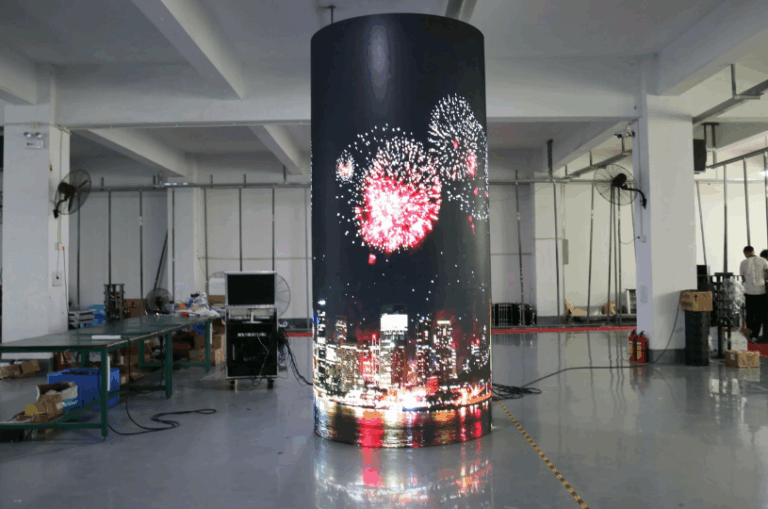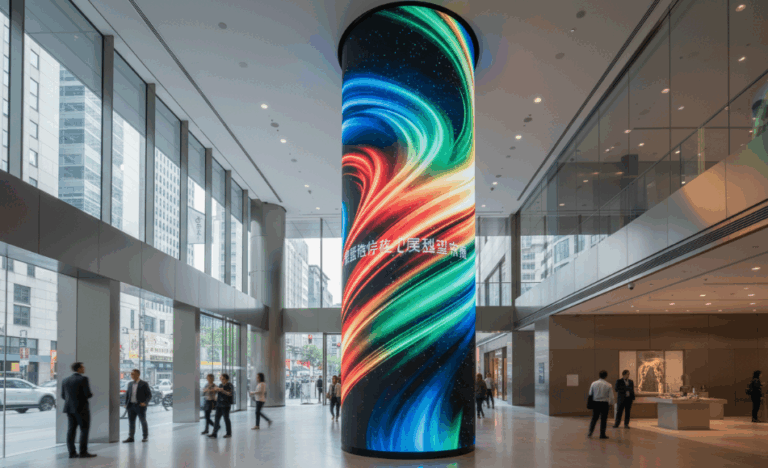Table of Contents
ToggleTable of Contents
1. Packaging Method
2. Installation Method
3. Display Performance
4. Heat Dissipation
5. Reliability
6. Cost
7. Applications
Surface-Mounted LEDs (SMD LEDs) and traditional Through-Hole LEDs, commonly referred to as LEDs, exhibit significant differences in various aspects. These disparities are evident not only in their physical structures but also in their performance, applications, and installation methods. Below are explanations of the main differences between Surface-Mounted LEDs and Through-Hole LEDs from multiple perspectives:

1. Packaging Method
Surface-Mounted LEDs: These LEDs encapsulate LED chips into Surface-Mounted Devices (SMD) LED beads. Surface-Mounted LEDs are small in size and can be surface-mounted on PCB boards, facilitating automated production. Take you 5 minutes to learn about SMD LED.
Through-Hole LEDs: These LEDs encapsulate LED chips into Through-Hole LED beads. Through-Hole LEDs are larger in size and require insertion into holes on PCB boards for soldering.
2. Installation Method
Surface-Mounted LEDs: Installed using modern surface-mount technology, suitable for automated production, significantly enhancing production efficiency and reducing costs. What is the difference between SMD LED display and COB LED display?
Through-Hole LEDs: Installation process is more cumbersome, typically requiring manual or semi-automated processes for insertion and soldering, resulting in relatively lower production efficiency and higher costs.

3. Display Performance
Surface-Mounted LEDs: Due to spacing between beads, a grainy appearance may be observed at close distances, affecting display performance. Additionally, Surface-Mounted LEDs have a relatively narrow viewing angle and may exhibit color shifts when viewed at an angle.
Through-Hole LEDs: Bead spacing in Through-Hole LEDs can be smaller, resulting in finer display performance and wider viewing angles.

4. Heat Dissipation
Surface-Mounted LEDs: Limited internal space for heat dissipation, resulting in relatively weaker heat dissipation performance. At high brightness levels, LED chips are prone to overheating, leading to issues such as light decay and shortened lifespan.
Through-Hole LEDs: Heat dissipation performance of Through-Hole LEDs is superior to Surface-Mounted LEDs as they can directly contact the PCB board, providing a larger heat dissipation area.
5. Reliability
Surface-Mounted LEDs: Surface-Mounted LED beads consist of multiple components, resulting in relatively lower reliability. Issues such as cold solder joints and solder detachment may occur internally, leading to bead failure. What is DIP LED?
Through-Hole LEDs: Through-Hole LED bead structure is simpler, resulting in relatively higher reliability.

6. Cost
Surface-Mounted LEDs: Production process of Surface-Mounted LEDs is relatively simple, resulting in lower costs, suitable for large-scale production and applications.
Through-Hole LEDs: Production process of Through-Hole LEDs is more complex, resulting in higher costs.
7. Applications
Surface-Mounted LEDs: Surface-Mounted LEDs have a wide range of applications, including indoor and outdoor lighting, display screens, backlighting, and more.
Through-Hole LEDs: Through-Hole LEDs are mainly used in scenarios with high display requirements, such as narrow pixel pitch displays and large screens in command centers.
Summary:
Surface-Mounted LEDs and Through-Hole LEDs are two different packaging methods, each with its own advantages and disadvantages. Surface-Mounted LEDs offer advantages such as low cost and ease of production, but they may have shortcomings in display performance, heat dissipation, reliability, etc. Through-Hole LEDs offer advantages such as good display performance, heat dissipation, and reliability, but they come at a relatively higher cost. When selecting LED products, users need to consider their actual requirements comprehensively.
Here are some selection recommendations:
For LED products requiring high display performance, it is advisable to choose Through-Hole LEDs.
For LED products requiring low cost, it is advisable to choose Surface-Mounted LEDs.
For LED products requiring high reliability, it is advisable to choose Through-Hole LEDs.
For LED products requiring large-scale production, it is advisable to choose Surface-Mounted LEDs.
With the continuous development of LED technology, the gap between Surface-Mounted LEDs and Through-Hole LEDs is gradually narrowing. The display performance and heat dissipation of Surface-Mounted LEDs are constantly improving, while the cost of Through-Hole LEDs is decreasing. In the future, both packaging methods will play a greater role in their respective application fields.

About Dylan Lian
Marketing Strategic Director at Sostron





